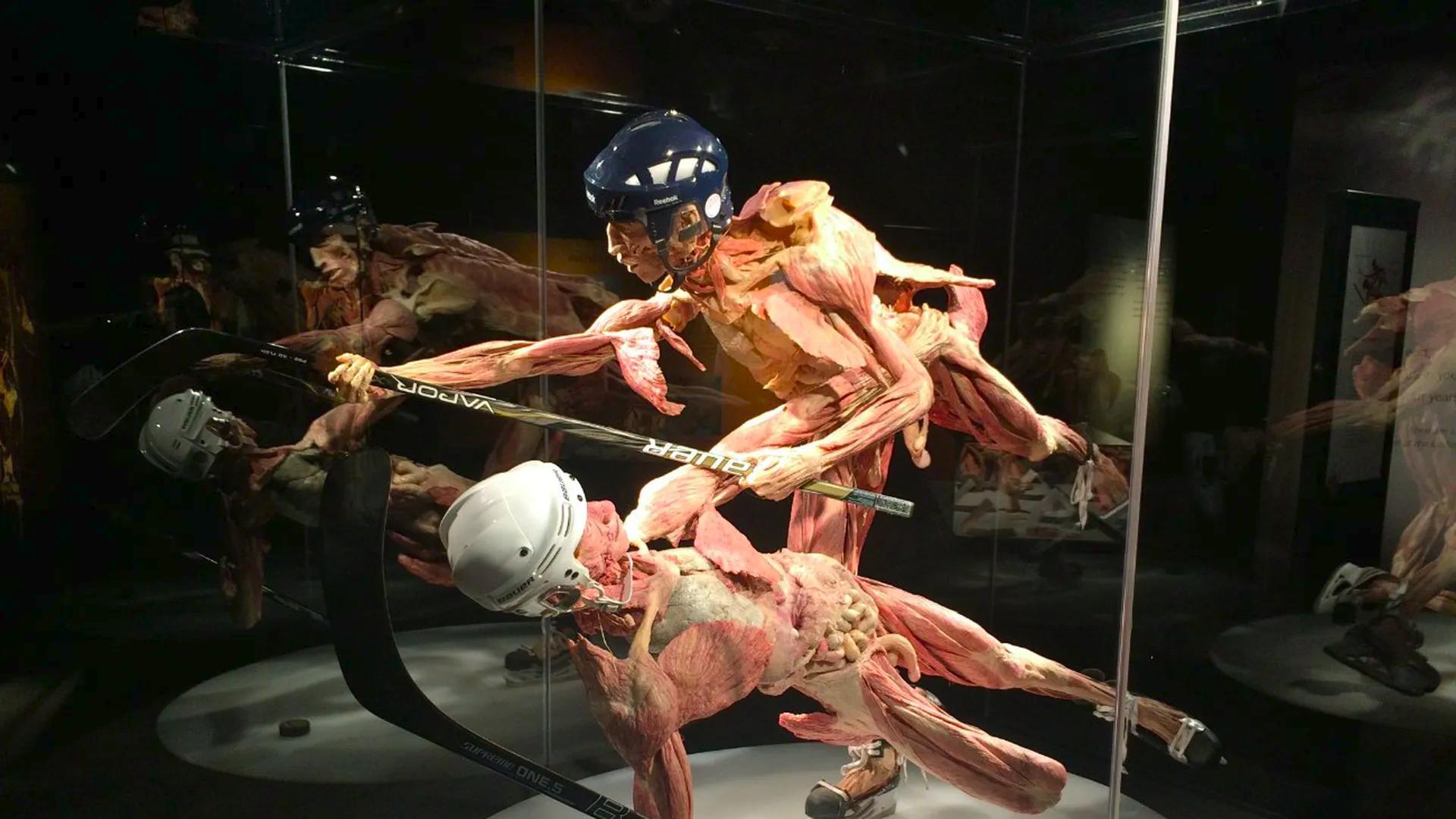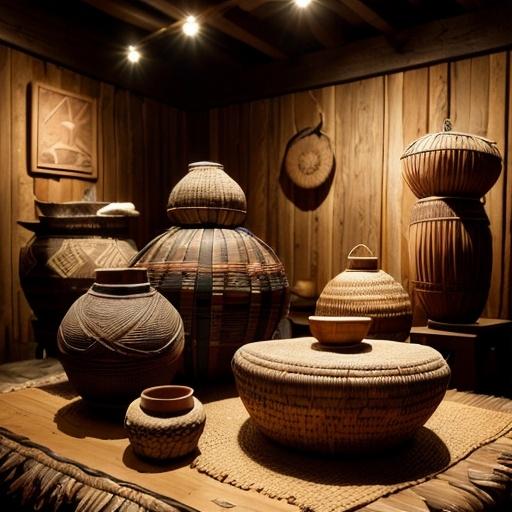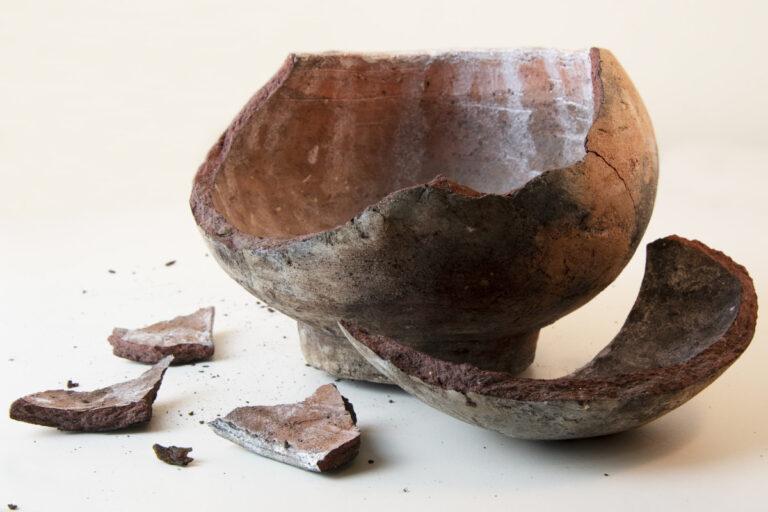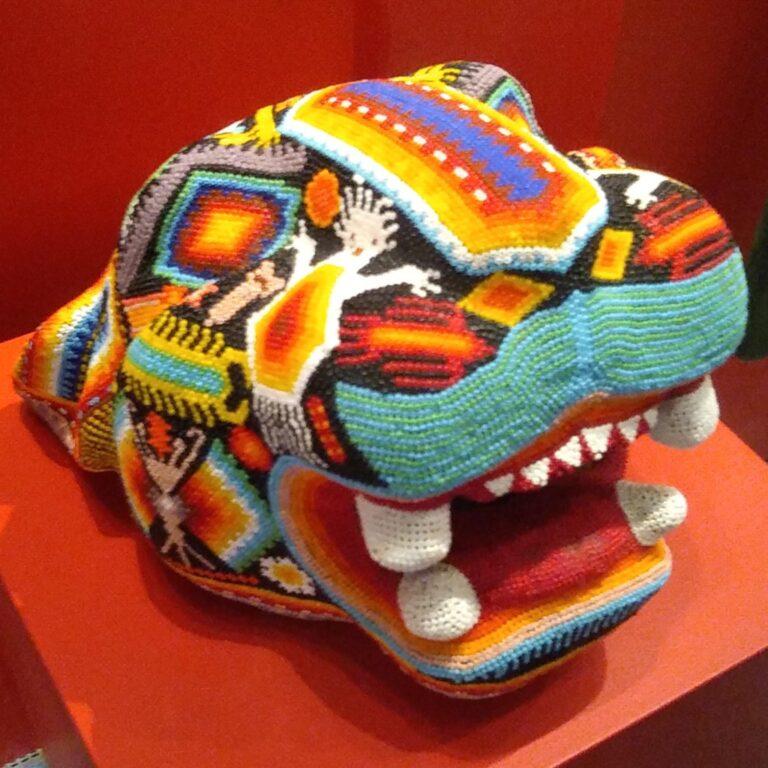Evoking Curiosity in the Museum Environment
Museums have long been a source of fascination, but some exhibits stand out by igniting curiosity in visitors. One such exhibit is “Body Worlds,” which presents human anatomy using real, preserved specimens. This display not only educates but also prompts visitors to ponder the complexities of the human body. The “Beyond the Visible” exhibit leverages state-of-the-art technology to reveal the hidden dimensions of our expansive universe, enchanting visitors by artfully merging the worlds of art and science. This unique combination not only enhances the aesthetic experience but also deepens our understanding of complex cosmic phenomena. Utilizing cutting-edge visual techniques, the exhibit encourages audiences to delve into and contemplate the enigmas that exist beyond the boundaries of human perception. Ultimately, it serves as a powerful reminder of the intricate connection between artistic expression and scientific inquiry.
Interactive exhibits are particularly effective in sparking curiosity among visitors of all ages. By engaging individuals in hands-on experiences, these exhibits stimulate imagination and encourage deeper exploration of the subject matter. This not only makes learning more enjoyable but also fosters a genuine interest in discovering new facts and ideas. Ultimately, interactive exhibits have the unique ability to transform passive observation into active participation, enriching the overall educational experience. For instance, the “You!” The Experience at the Toronto Science Centre allows participants to explore genetics and personal health in a hands-on way. The “Tesla Coil” demonstrations generate excitement about electricity and physics, leaving audiences in awe.
Art museums have a unique ability to captivate and stimulate curiosity in visitors through the element of mystery that often surrounds the artworks and their creators. The stories behind certain pieces may remain elusive, encouraging deeper exploration and contemplation, while the intentions and interpretations can vary widely among observers. This sense of intrigue compels people to seek out knowledge about the art, the artist, and the historical context, enhancing their overall experience and engagement. Consequently, art museums not only showcase artistic creations but also become spaces where wonder and enigmas flourish, inviting visitors to embark on a journey of discovery. The “Mona Lisa” at the Louvre invites whispers and speculation about her enigmatic smile, while exhibits featuring forgotten artists encourage visitors to rediscover forgotten histories.
Ephemeral exhibits—displays that exist for a short time—generate a sense of urgency and fascination. Ranging from ancient artifacts to modern masterpieces, these transient showcases compel visitors to delve in before they disappear. Each instance highlights the power of museum exhibits to ignite curiosity, transforming learning into an exhilarating journey. Through elements of interactivity, enigma, or the charm of the unknown, museums consistently inspire us to discover the marvels awaiting in our world.






